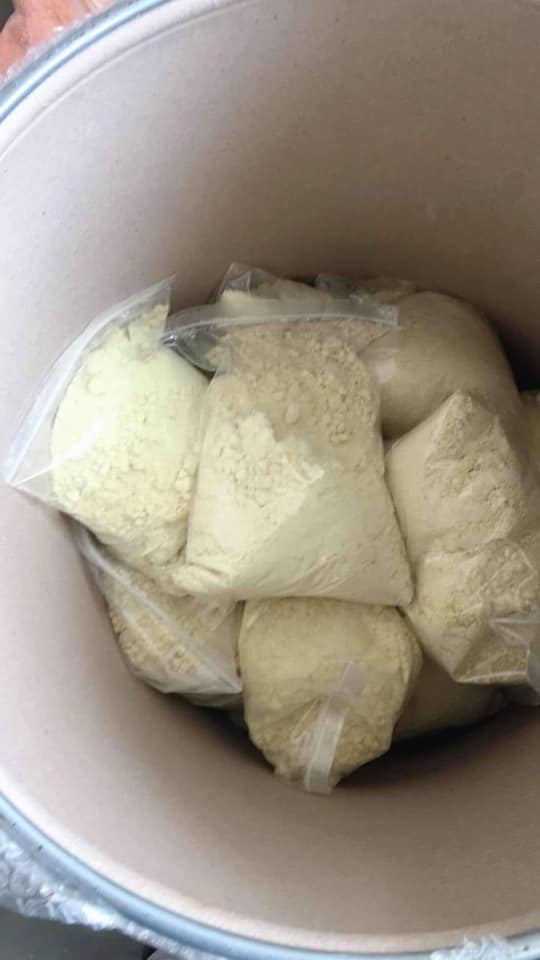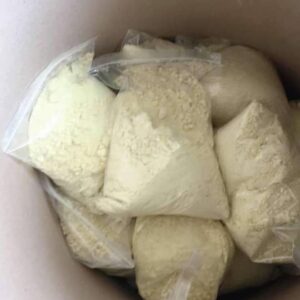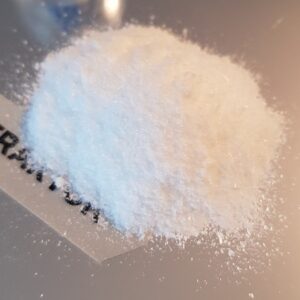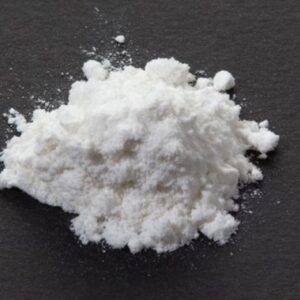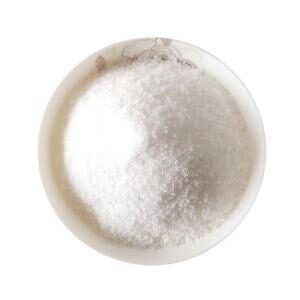Clonazolam Powder: Educational Overview, Legal Status, and Research Context
Introduction
Clonazolam is a synthetic triazolobenzodiazepine known for its potent psychoactive properties. While it has no approved medical use, Clonazolam is of interest in forensic toxicology, analytical chemistry, and neuropharmacological research.
This guide provides an educational, safety-focused overview of Clonazolam powder, including its chemical properties, regulatory classification, and research applications for professionals and academic audiences.
What Is Clonazolam?
Clonazolam (CAS No. 3380-34-5) belongs to the triazolobenzodiazepine class, acting on the GABA-A receptor system to produce sedative, anxiolytic, and muscle relaxant effects.
Originally synthesized in the 1970s during benzodiazepine research, Clonazolam was never approved for clinical use but later emerged as a designer benzodiazepine in unregulated markets.
Table 1 – Chemical and Physical Properties
| Property | Description |
|---|---|
| Chemical Name | 6-(2-chlorophenyl)-1-methyl-8-nitro-4H-[1,2,4]triazolo[4,3-a][1,4]benzodiazepine |
| Molecular Formula | C₁₇H₁₂ClN₅O₂ |
| Molecular Weight | 353.76 g/mol |
| Appearance | Fine crystalline or microcrystalline powder |
| Category | Triazolobenzodiazepine |
| Common Research Context | Forensic reference material, toxicology studies |
Clonazolam Powder for sale . Pharmacological Research Significance
1. GABA-A Receptor Studies
Clonazolam acts as a potent positive allosteric modulator of GABA-A receptors. Research on benzodiazepine analogs helps elucidate:
- Receptor subtype modulation of sedation and anxiolysis
- Motor control and muscle relaxation mechanisms
- Structure-activity relationships in synthetic benzodiazepines
2. Forensic and Toxicological Reference
Clonazolam is used as a reference compound in forensic toxicology to:
- Develop and validate analytical methods (LC-MS/MS, GC-MS)
- Detect unregulated or counterfeit benzodiazepines in seized samples
- Support post-mortem and clinical toxicology studies
3. Analytical Chemistry Development
Trace-level standards of Clonazolam are used for:
- Method calibration in analytical labs
- Comparative toxicology research
- Enhancing public health monitoring of novel psychoactive substances (NPS)
Legal and Regulatory Classification
Due to its potency and abuse potential, Clonazolam is controlled in most regions and has no approved medical use. Legal classification varies by jurisdiction:
| Region | Legal Status | Governing Authority |
|---|---|---|
| United States | Treated as a clonazepam analogue under the Federal Analogue Act | DEA / FDA |
| United Kingdom | Class C controlled drug | Home Office |
| European Union | Controlled under NPS regulations | EMCDDA / REACH |
| Canada | Controlled under the CDSA | Health Canada |
| Australia | Schedule 9 (Prohibited Substance) | TGA |
| Asia & Middle East | Varies; generally prohibited | Local Ministries of Health |
⚠️ Clonazolam is not legal for human use and should only be handled in accredited research or forensic laboratories.
Safety and Laboratory Handling Guidelines
Laboratory Safety Protocols
| Parameter | Recommended Practice |
|---|---|
| Personal Protection | Gloves, lab coat, safety goggles; respirator if handling powder |
| Storage | Cool, dry, ventilated area; tightly sealed container |
| Labeling | Include CAS number, hazard classification, and “For Research Use Only” |
| Ventilation | Fume hood or closed containment area |
| Spill Management | Absorb with inert material; dispose per hazardous waste rules |
| Waste Disposal | Follow institutional hazardous waste procedures; incineration preferred |
Toxicity Awareness:
- Potent at microgram levels
- Accidental ingestion, inhalation, or dermal contact can cause severe CNS depression
- Closed handling systems and SDS compliance are mandatory
Ethical and Regulatory Research Practices
- Authorized Research Only
- Clonazolam is strictly for analytical, forensic, and toxicological studies under professional supervision.
- Institutional Oversight
- IRB, Chemical Safety Committees, and national regulators must approve all studies involving controlled substances.
- Documentation and Traceability
- Maintain chain-of-custody, batch records, and storage logs
- Ensure traceable accountability for all samples
Forensic Applications and Case Studies
- Reference material for law enforcement and forensic labs
- Detection in illicit tablet mixtures, post-mortem screenings, and drug-impaired driving investigations
- Published studies highlight public health risks from unregulated benzodiazepine analogs
Public Health Implications
- The emergence of Clonazolam and similar NPS underscores the importance of toxicovigilance
- Agencies like the CDC and EMCDDA monitor, report, and guide policies on designer benzodiazepines
- Collaboration among regulatory authorities, analytical chemists, and forensic scientists is essential
Educational Keywords and Research Visibility
Primary Keywords:
clonazolam, benzodiazepine analogs, forensic toxicology, triazolobenzodiazepine research, analytical reference materials, controlled substance awareness, laboratory safety handling, benzodiazepine receptor research, forensic detection of designer drugs
Conclusion
Clonazolam powder is a valuable research tool in forensic science and pharmacology, illustrating drug regulation, laboratory safety, and ethical research practices. Its potency and legal restrictions require professional handling, institutional oversight, and adherence to regulatory frameworks.
Ongoing research and monitoring help balance scientific understanding of psychoactive substances with public health protection.

